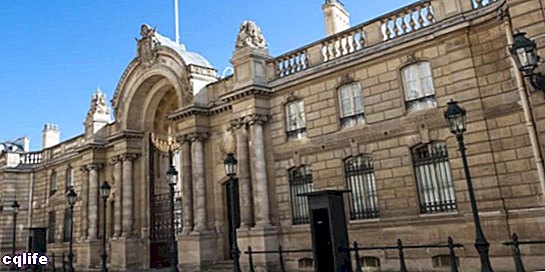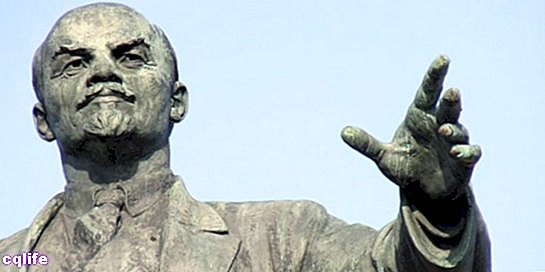We explain what centralism is, its characteristics, types and differences with federalism. Also, democratic centralism.

What is centralism?
In political theory, centralism is understood to be a doctrine organization of the Condition that proposes a government unique and nuclear that makes all the decisions, that is, of the construction of a centralized power, from which all authority comes. In this sense, it is considered the opposite of federalism and the decentralization.
Thus, in the States in which centralism governs, the seat of the can It is located in a single geographic and administrative place, and from there it controls the rest of the country through dependencies or other subordinate entities, without granting too much margin of autonomy to regional powers.
Two types of centralism can be distinguished:
Pure centralism or concentrated centralism. Typical of centralist states, unitary politically and administratively, in which a central government has the exclusive and total right of all the powers of the state.
Deconcentrated centralism. One in which the government has ways to delegate power, and which in turn can be classified into two different types:
- Centralism with administrative deconcentration. It consists of the centralization of political power, but the decentralization of administrative tasks. In other words, the central State delegates its powers to its hierarchical dependencies in the rest of the territory.
- Centralism with political and administrative deconcentration. Typical of federative entities that centralize political power, so that each region it has an independent representation, which coexists with a strong central political power.
Characteristics of centralism
In general, the characteristics of centralism are:
- It grants the largest share of power to the central government, whether or not there is a federal political representation.
- The central government assumes the administrative and economic competences that the federative authorities cannot assume.
- The central government dictates its general planning to the rest of the regional political hierarchy.
- It has the disadvantage that many administrative tasks are delayed and slow when they are not carried out in the capital or the seat of central political power.
- The central government is capable of resolving regional conflicts, passing judgment in cases of national importance, or reviewing and reversing decisions of the regional or provincial government.
Centralism and federalism
As we have seen before, centralism and federalism are contradictory methods of organizing the State, since the former promotes a State with a single, nuclear political power, while federalism proposes a State with a decentralized, plural political power, in which the provincial instances enjoy a lot of prominence.
The choice between centralism and federalism was very important during the 19th century, especially for the emerging Latin American republics, which had to choose between both models of government management. Discrepancies between federalists and centralists led, in many countries, such as Argentina, to civil wars and bloody political conflicts.
Democratic centralism

Democratic centralism is the political and disciplinary practice adopted by the Party Communist of the Soviet Union. Later, other similar communist parties (such as the Chinese), and that propose the combination of the central and vertical control of the single party, and the plural and free discussion typical of democracy.
The fundamental idea is that, once decisions have been reached through democratic practices, they are binding and mandatory for all instances of the party without distinction.
Democratic centralism was created by the Russian revolutionary politician Vladimir Lenin (1870-1924), specifically in his treatise "What to do?" 1902. However, when Lenin assumed command of the revolutionary party, an opposition faction, arguing that a model of party dictatorship was imposed instead of proletarian dictatorship, he created a dissident group known as the “Group of Democratic Centralism” or "Group of 15".
